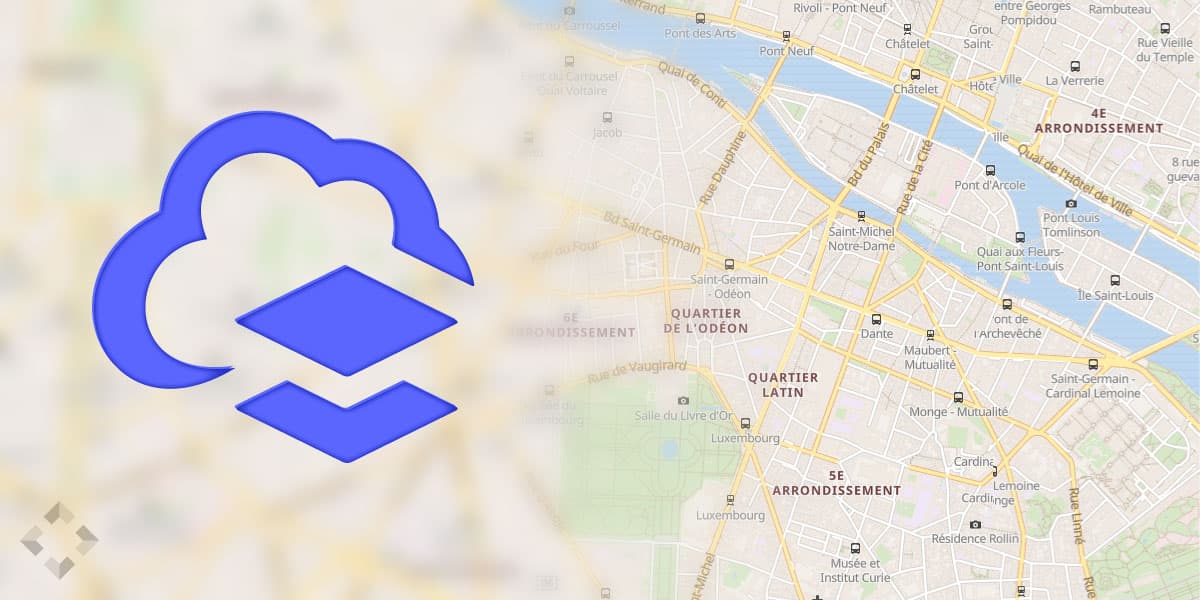This article teaches you how to create an ArcGIS Online/Portal for ArcGIS map with XYZ tile layers.
All Articles
- This article teaches you how to add free imagery and hybrid layers (both basemaps and overlays) to an ArcGIS Online/Portal for ArcGIS map.
- This article teaches you how to add a Google map layer or other Google basemaps/layers to an ArcGIS Online/Portal for ArcGIS map.
- Extensive categorized list of free XYZ tile layers (both basemaps and overlays) to add to your Mapbox GL JS application.
- (Updated on )This article teaches you how to create a simple Mapbox GL JS application with XYZ tile layers.
- This article teaches you how to add free imagery and hybrid layers (both basemaps and overlays) to your Mapbox GL JS map.
- This article teaches you how to add a Google map layer or other Google basemaps/layers to your Mapbox GL JS map using static XYZ tiles.
- Extensive categorized list of free XYZ tile layers (both basemaps and overlays) to add to your Google Maps JavaScript API application.
- (Updated on )This article teaches you how to create a simple Google Maps JavaScript API application with XYZ tile layers.
- Extensive categorized list of free XYZ tile layers (both basemaps and overlays) to add to your OpenLayers application.
